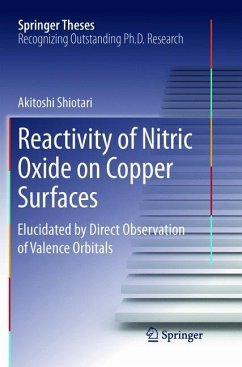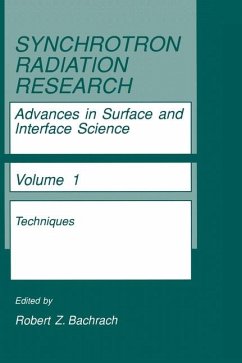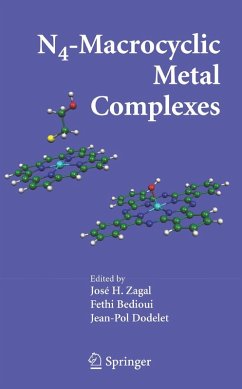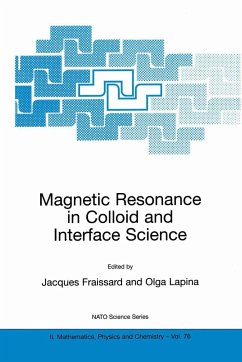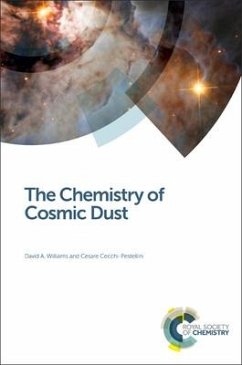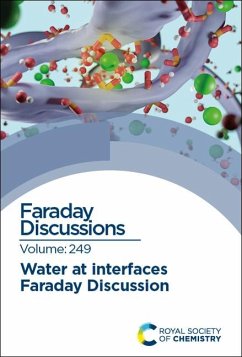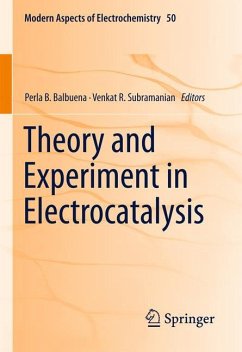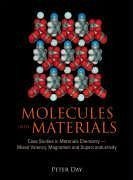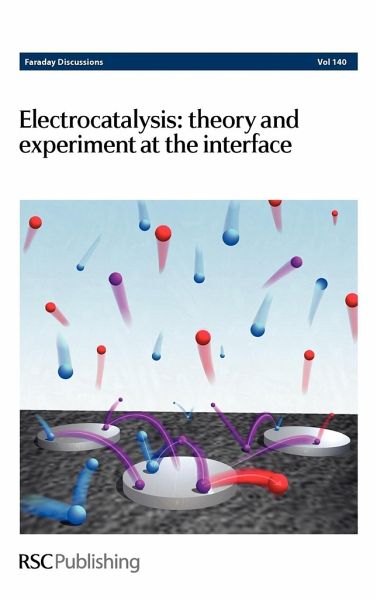
Electrocatalysis - Theory and Experiment at the Interface
Faraday Discussions No 140
Versandkostenfrei!
Versandfertig in über 4 Wochen
247,99 €
inkl. MwSt.

PAYBACK Punkte
124 °P sammeln!
Faraday Discussions No. 140 will bring surface scientists and electrochemists together and foster the development of both in situ spectroscopic methods in electrochemistry and the study of single crystal electrode surfaces. Advances in theoretical methodology: to describe the state of the art and to address what is still missing. Development of spectroscopic techniques: moving from studies of model surfaces to more realistic surfaces and in situ investigations. Electrocatalyst discovery: what can be learned from high throughput screening methods and theoretical calculations? Beyond fuel cells: the future of electrocatalysis. This unique discussion meeting will bring electrochemists, surface scientists and theoreticians together and foster the development of both in situ spectroscopic methods in electrochemistry and theoretical methods which model the electrocatalytic interface.
This unique discussion meeting will bring electrochemists, surface scientists and theoreticians together and foster the development of both in situ spectroscopic methods in electrochemistry and theoretical methods which model the electrocatalytic interface. This unique discussion meeting will bring electrochemists, surface scientists and theoreticians together and foster the development of both in situ spectroscopic methods in electrochemistry and theoretical methods which model the electrocatalytic interface. It will be opened with an introductory lecture by Marc Koper from Leiden University in the Netherlands. Discussion sessions: Structure in Electrocatalysis: from nanoparticles to single crystals Spectroscopy and Electrocatalysis Hydrogen oxidation and oxygen reduction Biological electrocatalysis and alcohols as fuels





